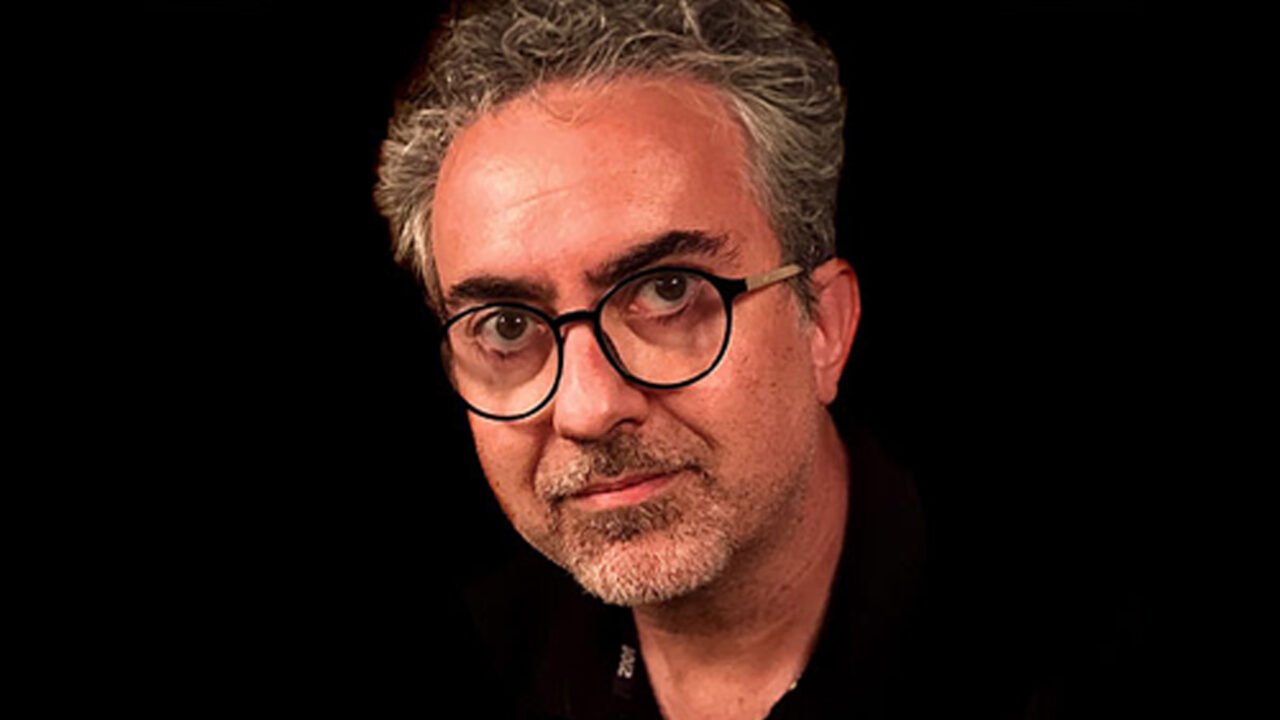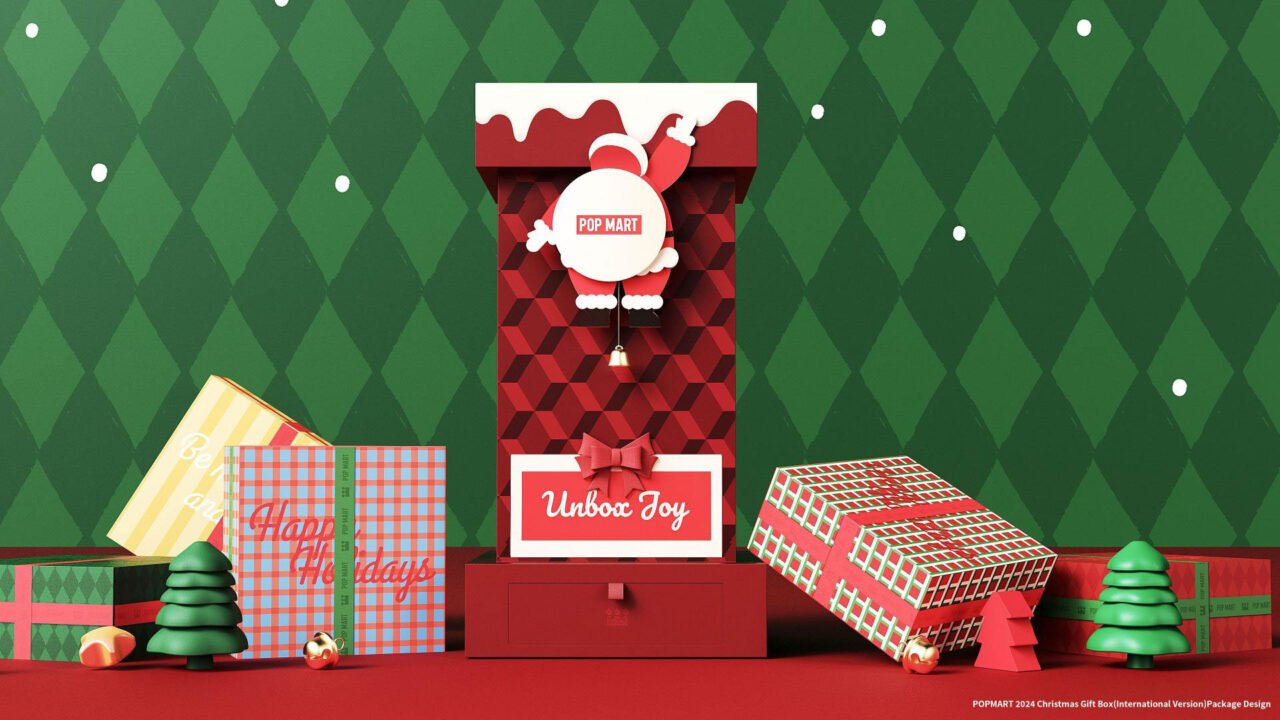
Maomao Ding Presents Hello, Dad as a Space for Connection
May 27, 2025
Sarah Zaheer Advances Waste Management with TrashitRight
May 27, 2025Ariana Ziying Zhu
Ariana Ziying Zhu is a product designer fascinated by how people think, feel, and connect with the world. Drawing from her background in cognitive science and visual arts, she skillfully weaves logic, empathy, and creativity to design digital experiences that truly resonate and solve meaningful problems.
Hi, I’m Ariana Zhu, a product designer passionate about creating thoughtful, user-centered digital experiences. My journey into design began with a fascination for how people think, feel, and interact with the world, which led me to study cognitive science and visual arts.
I was especially drawn to UX when I realized it offered a unique way to blend logic, empathy, and creativity to solve meaningful problems. For me, design is more than aesthetics—it’s about improving lives through intentional and inclusive solutions.
Experimentation is fundamental to my creative process — especially when designing for complex or emerging technologies where conventions aren’t well-established. A great example is when I worked on the navigation bar for a rider-focused auto HMI system used in self-driving tours at safari parks.
Unlike traditional mobile or desktop interfaces, HMI systems — especially those meant for passengers rather than drivers — lack standardized design patterns. Our initial competitive analysis revealed that navigation bars varied widely across companies, and none quite fit our unique use case.
During early design critiques, each teammate brought strong yet differing ideas to the table, and we found ourselves stuck — all with valid reasoning but no clear alignment. To resolve this, I quickly recruited 20+ participants and ran a card sorting study within a day.
This allowed us to understand users’ mental models and expectations around key features like tour progress, animal spotlights, and media controls. The results directly influenced the final information architecture and interaction flow of the nav bar.
Managing a rock band was surprisingly one of the most formative design experiences I’ve had — even before I knew what UX design was. From coordinating rehearsals and arranging setlists to handling last-minute tech issues before a performance, I had to constantly think in systems: how every small part contributes to the whole, how timing affects flow, and how to keep everyone aligned toward a shared goal.
That experience gave me a deep appreciation for complexity — and now, I bring that mindset into every project I work on. Whether I’m structuring a design system, mapping a user journey, or facilitating team collaboration, I’m always thinking about how the pieces fit together. Design isn’t just about making things look good — it’s about making things work well across moving parts.
One of the biggest challenges in this project was navigating alignment in a fast-paced, collaborative team — especially around when to diverge and explore broadly, and when to converge and make decisions.
Right after we conducted our initial user interviews, one teammate jumped straight into listing out potential product features based on what users had said. While this seemed efficient on the surface, it bypassed a critical step: understanding the deeper needs and motivations behind those responses.
Especially in a complex and unfamiliar context like a self-driving tour experience, users don’t always know how to articulate what they truly need — they often describe surface-level wants or existing habits, which can limit innovation if taken at face value.
I suggested we take a step back and map out shared high-level needs across users first, digging into the why behind their responses. Then, we brainstormed features that addressed those core needs, and only afterward did we revisit the original suggestions from users. This reframing helped the team prioritize ideas that were more meaningful and aligned with the user journey — rather than just rushing to scope features.
That experience taught me that aligning on when to diverge and when to converge is just as important as the ideas themselves — and in complex projects, trusting the process often leads to better outcomes.
I’d love to collaborate with Jason Yuan. His work blends storytelling, systems thinking, and visual craft in such a thoughtful way. I’ve always admired how he challenges conventional tech design by reimagining interfaces through a deeply human lens.
His approach to prototyping and critique feels honest and inspiring, and I think working with someone who’s so intentional yet imaginative would spark really meaningful design conversations. Plus, I resonate with his interdisciplinary mindset and the way he bridges design, writing, and cultural commentary.
I wish people would ask me how would I define success in design?
To that, I would say that, success isn’t just about shipping something that works — it’s about knowing the design made someone’s life a little easier, calmer, or more enjoyable. It’s when a user feels understood without needing to think too hard.
At the same time, I care about making sure the design supports the bigger picture — whether that’s helping a team move faster or aligning with business goals. And beyond all that, I want the work I do to feel human — to respect people’s time, attention, and needs in a way that adds something meaningful, even in small moments.
Ariana Ziying Zhu
Ariana Ziying Zhu is a product designer fascinated by how people think, feel, and connect with the world. Drawing from her background in cognitive science and visual arts, she skillfully weaves logic, empathy, and creativity to design digital experiences that truly resonate and solve meaningful problems.
Explore the journey of Maomao Ding, the Silver Winner of the 2025 MUSE Design Awards. She blends human-centered design, engineering, and storytelling to craft intuitive, meaningful experiences across tech, startups, and NGOs, while her passion for branding adds clarity and emotion to every project.






